The broadband sector and service providers have made lots of achievements in 2023.
Let’s read the news and find out about them.
Top Broadband Developments of 2023
Broadband refers to the broad bandwidth transmission of high-quality data. To put it simply, it’s a constant, high-speed Internet connection. Satellites, fiber, DSLs, and Wi-Fi are examples of broadband connections.
The broadband sector is hopeful due to technological advancements, emerging opportunities in rural broadband, and more. Here, we will look at 11 significant developments this year. Let us look into it without further delay!
Rural Renaissance
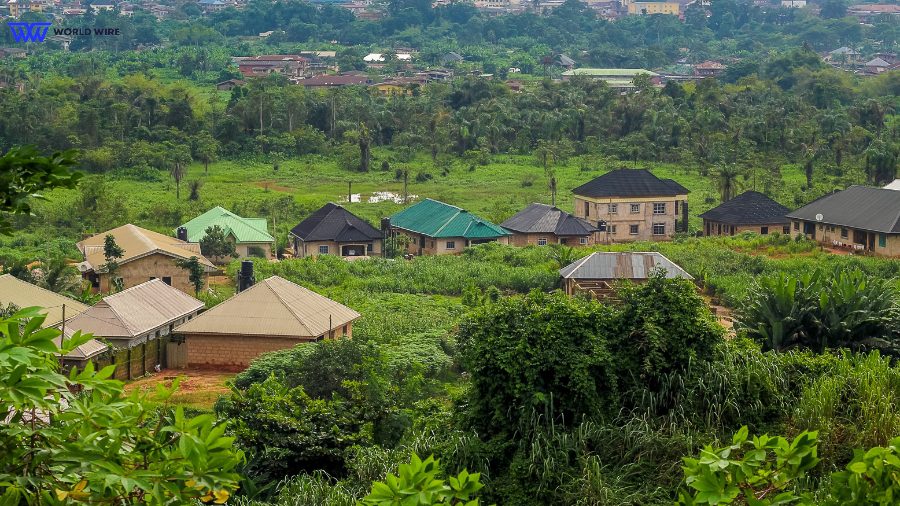
Long-term population loss has reversed in certain rural areas, given the increasing number of people working from home and the increased availability of high-speed internet in rural houses.
Both big and small providers are applying for and receiving awards as funds for rural deployments move into the states. And since investors understand that the first community to deploy fiber wins, they’ve been rushing to upgrade as many non-fiber areas as possible.
Also, read “NTCA & NRTC: Uniting for Rural Connectivity”
Broadband Equity Access and Deployment Program BEAD

Gaining serious momentum this year, the BEAD rural broadband funding program made significant strides, continuing on schedule as many states submitted five-year plans, initial proposals, and other materials to NTIA.
The agency remained firm on a few regulations, enforcing the schedule despite several stakeholders’ requests for more time to challenge FCC ability data and allowing fixed wireless funding only for services deployed in licensed spectrum.
Yet, after upholding a strict stance, the agency reconsidered its letter of credit requirements. The action was taken in response to worries expressed by service providers that they could not apply for funding through the BEAD program due to the strict letter of credit criteria.
Smaller service providers currently cover a sizable portion of rural America expressed particular worry.
Furthermore, the NTIA revealed this week that Louisiana was the first state to get the approvals required to utilize its BEAD funds allocation.
In a pre-briefing with media, NTIA Administrator Alan Davidson announced that the agency had accepted the required paperwork for Louisiana to receive the $1.3 billion in BEAD rural broadband funds that had previously been allotted to the state, and that milestone has only been reached by Louisiana.
FWA Ups and Downs
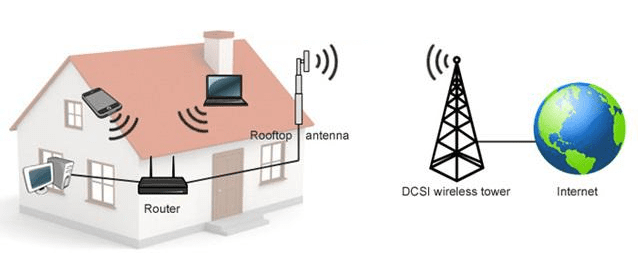
The NTIA steadfastly stood by its decision preventing fixed wireless access providers using unlicensed spectrum from applying for BEAD funding. However, FWA achieved several other successes, such as significant technological advancements.
Furthermore, fixed wireless, installed atop mobile networks, is quite successful for T-Mobile and Verizon. However, some analysts forecast that this performance may decline as more capacity is required to support mobile service.
Verizon highlighted its progress concerning 5G and fixed wireless access (FWA) services, while T-Mobile has more than quadrupled its FWA subscriber base.
This year, AT&T decided to provide FWA over its mobile infrastructure. AT&T couldn’t resist, though, as T-Mobile and Verizon continue to add broadband subscribers due to strong growth in fixed wireless.
Also, read “Dish’s Boost Wireless Expands, Now Covers 140M People.”
BABA (Buy America, Build America)

The Buy America, Build America (BABA) requirements were one area where the NTIA hardly had to budge on BEAD requirements. At first, various stakeholders wondered if BEAD winners could fulfill those requirements.
Some stakeholders claimed reaching the Buy America targets for BEAD would be challenging because most material and equipment manufacturing was taking place elsewhere.
Alternatively, some vendors have offered to construct fiber cabling and optical line terminals (OLTs) in the US.
However, as soon as one network element manufacturer decided to construct the element in the United States, the other vendors of the same element acted similarly.
If they didn’t do so, all BEAD business would go to the one company that was approved.
Also, read “Ericsson approved by BABA for AT&T Open RAN deal”
ACAM Universal Service funding
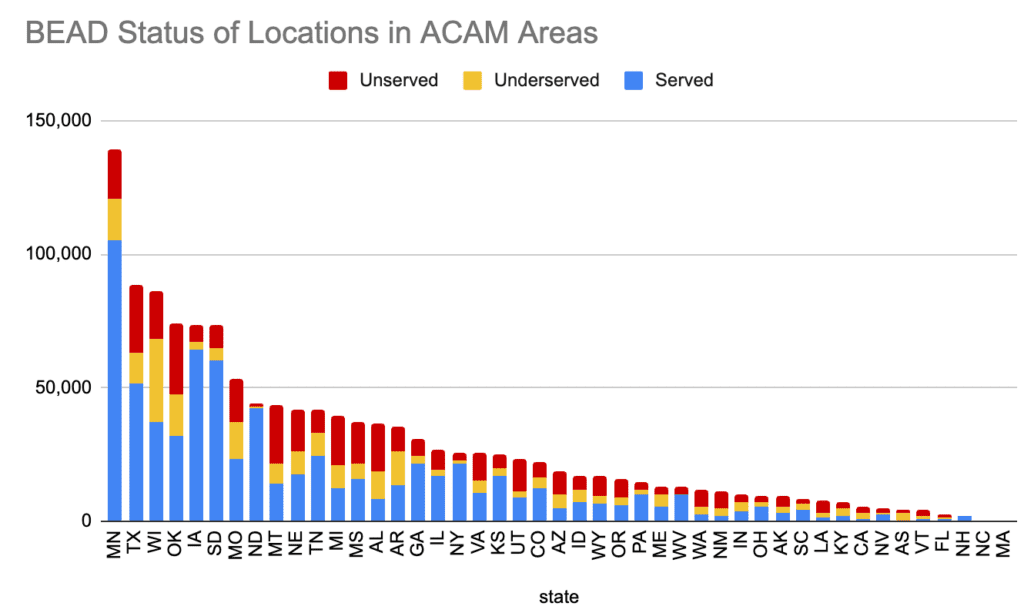
To comply with the BEAD program’s standards, the FCC raised the minimum deployment speed requirement for ACAM Universal Service funding this year.
More than just providing them with a means of obtaining higher speeds for their communities, this was fantastic news for rural providers who get funding from the Universal Service Fund.
Because certain locations would have qualified for BEAD funding, By choosing E-ACAM, providers can also exclude the possibility that some of their service area sites could end up with a competitor.
Also, read “FCC grants $18 billion in A-CAM funding to 388 rural providers.”
Digital Equity
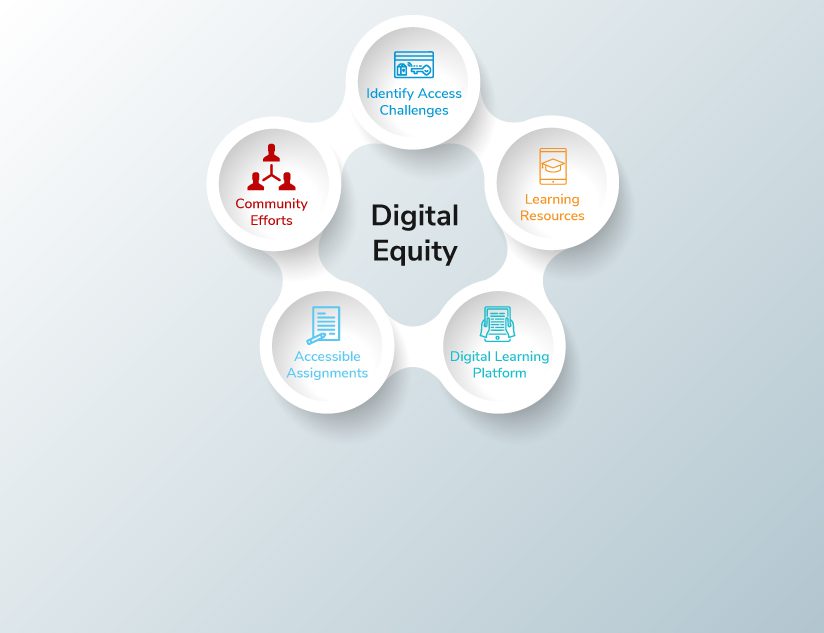
In 2023, the term “digital equity” was used more often than in previous years because the Bipartisan Infrastructure Law provided $2.75 billion for digital equity in addition to funding for broadband deployment, which will ensure that people of races and ethnic minorities, rural residents, and other “covered populations” can reap the full benefits of broadband.
States that wish to be eligible for funding for broadband deployment under the BEAD program must also have digital equity plans in place.
Also, read “What’s New in Digital Equity: FCC Closer to Restoring Net Neutrality.”
Artificial Intelligence (AI)

Providers began to take AI seriously in 2023. Ask AT&T is a generative artificial intelligence (AI) platform that AT&T has launched, which is based on Open AI’s chatGPT. Microsoft’s artificial intelligence (AI) software is being beta-tested by Lumen Technologies.
In the meantime, Verizon and Windstream are providing customers with options for AI-driven call centers. Additionally, Comcast has started utilizing AI for network management. It is anticipated that more businesses will join soon.
Also, read “”
Satellite-to-cellphone

Satellite-to-cellphone communications is one of the most intriguing technological advances of the year, and it might create a whole new market for wireless providers.
There have already been some conflicts between AT&T and T-Mobile as they both explore prospects in this space: AT&T with AST SpaceMobile and T-Mobile with SpaceX. As everything goes on, the Federal Communications Commission is considering technology regulation.
Also, read “FCC Rejects SpaceX’s $885M Starlink Bid Appeal for RDOF.”
Cablecos Pursue Symmetrical Multi-Gig
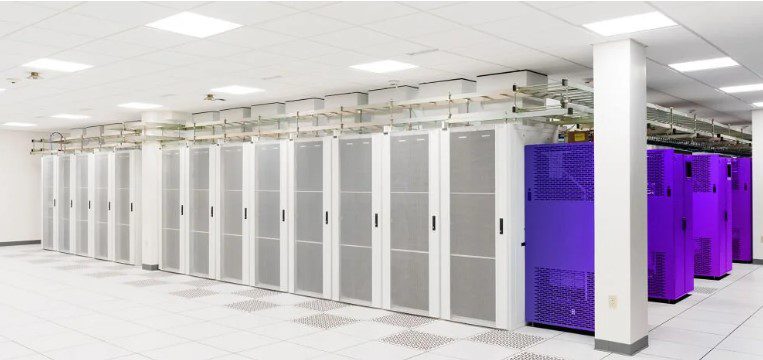
With the increasing availability of fiber broadband, the cable business is starting to feel the repercussions. Although cablecos’ infrastructure can handle multi-gig speeds downstream, the increasingly important upstream is not well supported.
The cable companies are looking into solutions, such as DOCSIS 4.0, new split ratios, and distributed access architecture. Comcast has started to roll out DOCSIS 4.0, and more are anticipated shortly.
Also, read “Robocall Volume Wanes Marginally in November | Report”
Cablecos—Especially Charter
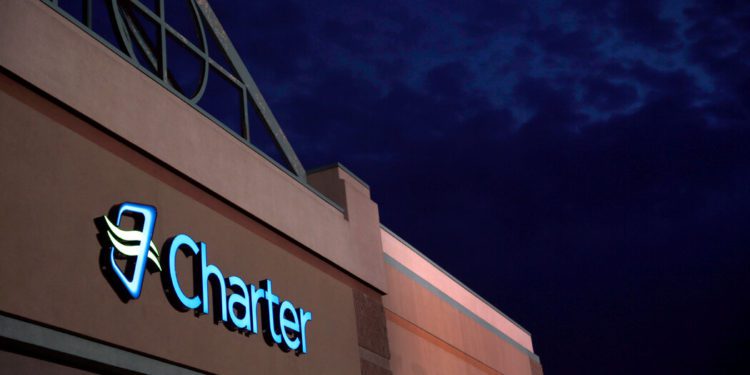
In certain places, such as rural markets for which they have received funding, cablecos have been installing fiber broadband in addition to their HFC/DOCSIS upgrades.
Charter has been incredibly successful this year, gaining, triumphing, and pursuing self-funded rural builds and upgrades. The business currently touts itself as the largest rural provider in the country. Also, it raises the question of whether cablecos will experience the same level of success with the BEAD program.
Also, read “Charter’s $1.3B Texas Investment Will Use a Mix of Fiber, DOCSIS”
The Quantum Internet
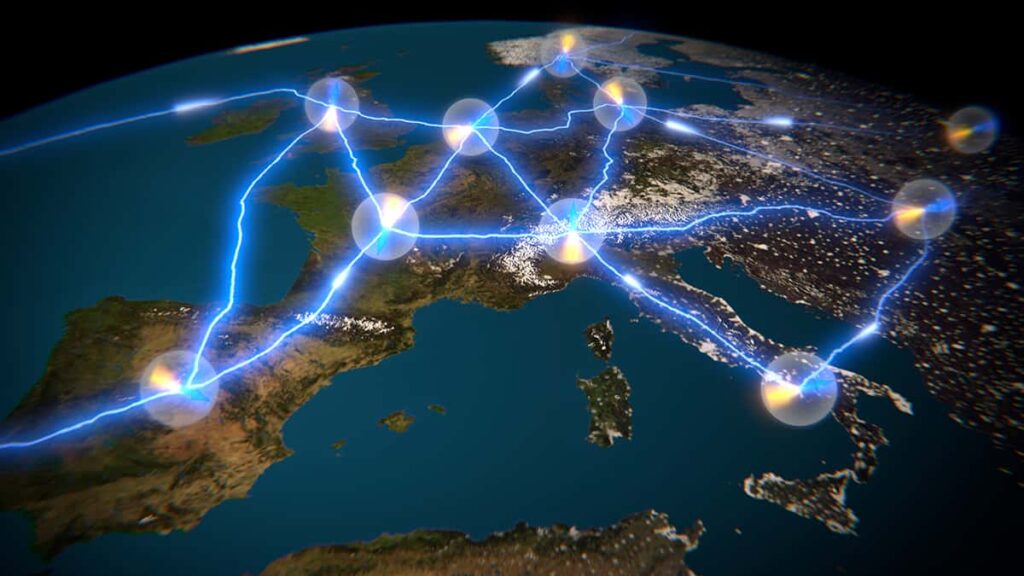
The quantum internet, which uses a whole new networking strategy based on quantum physics, promises to provide quicker and more secure communications.
Although more research and development is required before quantum networks leave the testbed stage, the technology saw significant growth in 2023.
Chattanooga’s EPB launched what is presumably the US’s first commercial quantum network and brought on its first customers. There are currently plans for more quantum networks.
Also, read “EPB and Google Fiber Unveil High-Speed Internet Deals.”







Add Comment